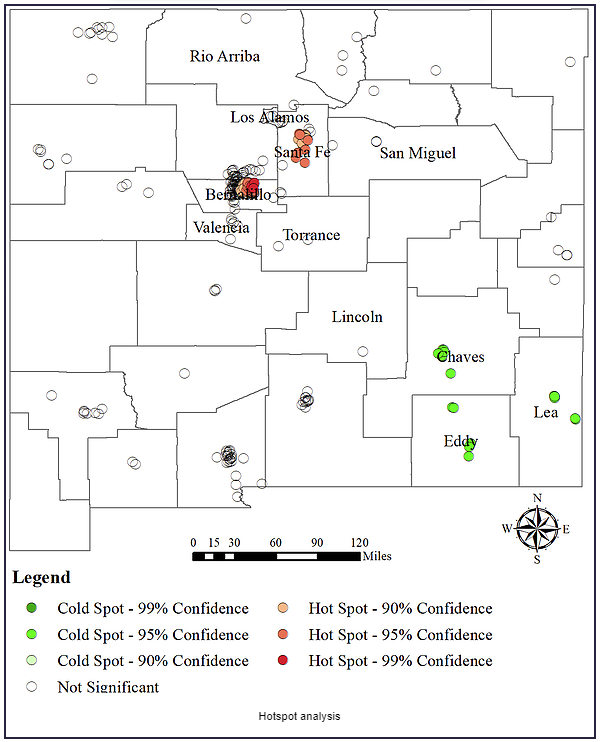Willingness to Pay for Renewable Portfolio Standard: A Discrete Choice Experiment Study
Published:
Abstract

As the number of high impact climate events is increasing, many governments are searching for efficient policies to reduce future impacts. One potential policy tool is a renewable portfolio standard (RPS), which mandates minimum levels of renewable energy distribution. The efficacy of these programs may depend not only on the structure of the RPS, but also of the preferences of consumers within the jurisdiction. We perform a discrete choice experiment to estimate consumer preferences for an RPS. First, we conduct a survey in New Mexico, a rural state with high fossil fuel and renewable energy potential and a recently modified RPS in place. Using the mixed logit modeling approach, our respondents are in favor of increasing the share of renewables in the RPS and decreasing water usage in the electricity sector. We also find that households with pro-environmental views are more likely to prefer increases in RPS requirements. Additionally, hotspot analysis identifies geographic areas of response homogeneity among households with economic ties to oil and gas; such households tend to have smaller marginal willingness to pay (MWTP) for an increased share of renewable energy. Conversely, consumers with stronger geographic connections to renewable power plant infrastructure typically have a higher MWTP for increases in renewable energy as a share of their state’s portfolio. This study provides improved information to policy makers involved with RPSs.
Coauthors: Jamal Mamkhezri, Janie Chermak
